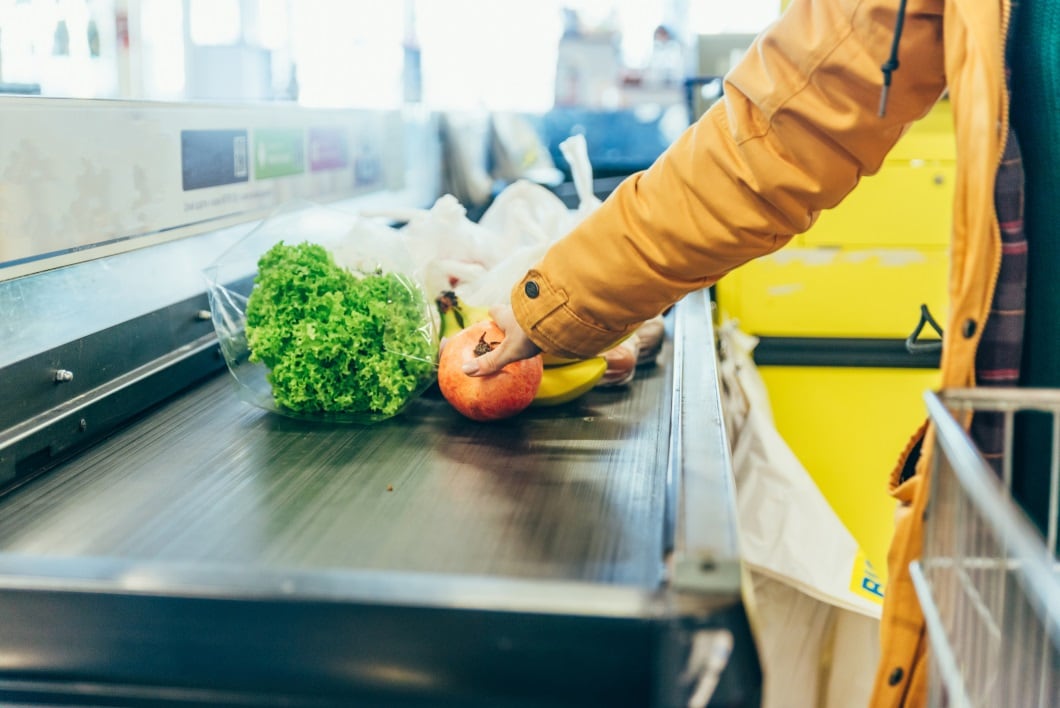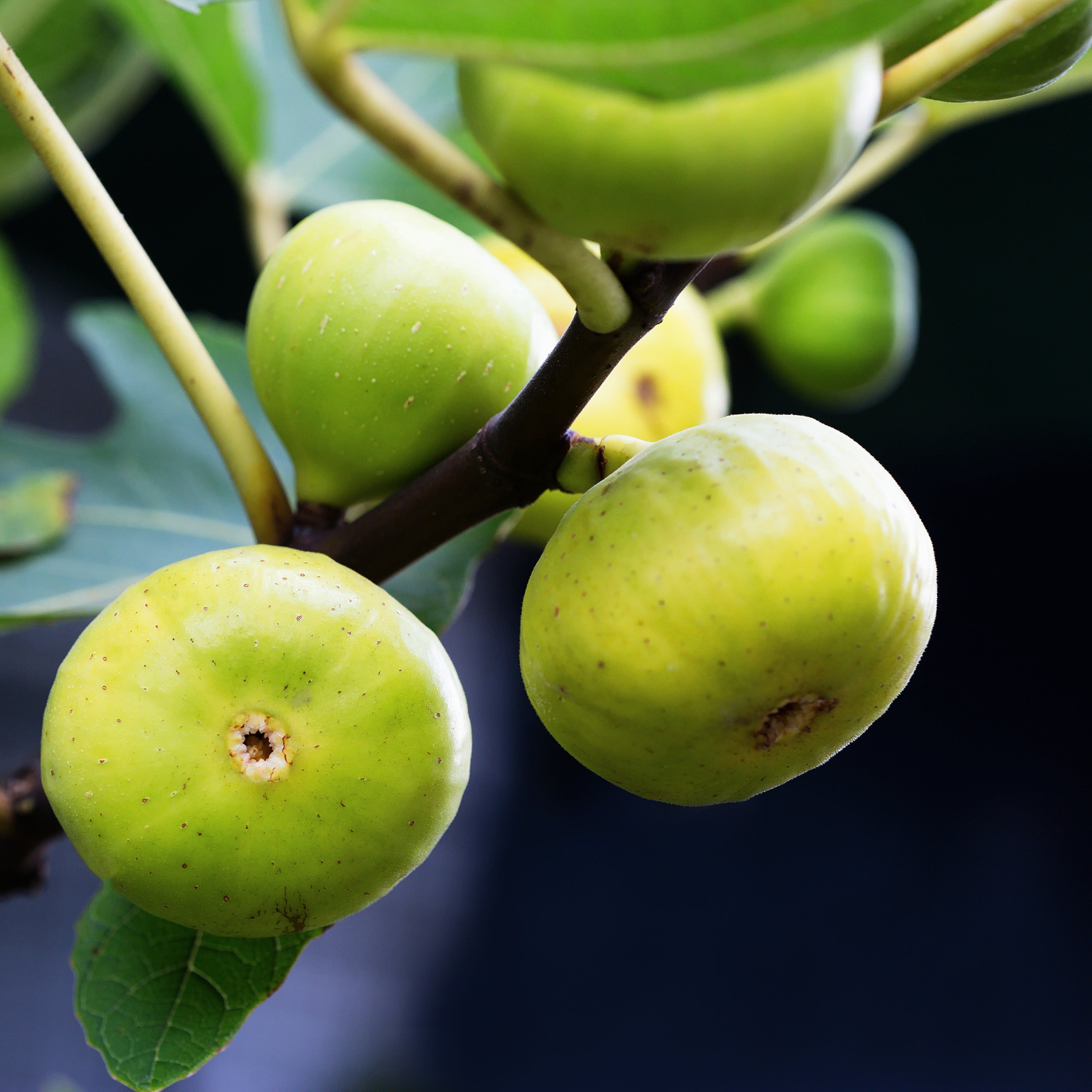Food texture is often an underestimated element in food design and processing. Researchers at University of Leeds, therefore, undertook the first systematic review and meta-analyses on effects of food texture – its form, viscosity, structural complexity -- on satiety, which refers to the feeling of being “fuller for longer”.
Their findings, published in the journal Scientific Reports, reveal that both solid and higher viscous food significantly reduce hunger and promote satiety when compared to liquid and low viscous food.
This study highlights that a focus on food texture and the development of satiety-enhancing food can be a promising strategy to reduce food intake and encourage weight management.
Obesity is one of the leading causes of preventable deaths. Therefore, one promising approach adopted by food scientists, nutritionists and psychologists has been to design or optimise food to achieve satiety so that you feel fuller for longer. This leads directly to a reduction in dietary energy intake and at the same time reduces hunger as a motivation to keep snacking.
Lead author Ecaterina Stribițcaia, a PhD Student in the School of Food Science and Nutrition at Leeds, said: “There is an immense need for applying nutritional prevention strategies to change our food environment and a complete understanding of all the elements that can contribute to that change is key.
“On an individual level, if you are aiming for healthy options, picking food that is going to keep you fuller for longer is a good idea. Our findings suggest that these are foods that are solid or have a higher viscosity – gels opposed to liquids. In other words, reach for the apple rather than the apple juice.”
Co-author Professor John Blundell, Chair of PsychoBiology in the School of Psychology at Leeds, said: “Designing foods to prevent overconsumption in an aggressive consumer environment requires an interdisciplinary team with know-how in food technology, nutrition and behavioural sciences, and with a clear understanding of the factors controlling human appetite.”
Principal Investigator and corresponding author, Dr Anwesha Sarkar an Associate Professor in Food Colloids at Leeds, said: “This analysis has thrown into sharp relief that the research domain on the effects of food texture on satiety is still in its early infancy.
"Of 8,530 articles we reviewed, only 23 fit our strict criteria for addressing our objectives, which were to understand influence of food texture on appetite control, including appetite ratings such as hunger, fullness, desire to eat, thirst, and prospective food consumption.
“There is a significant need for more research in this field. Addressing food texture alone is not the ‘holy grail’ in tackling the world's obesity problem, but it can definitely make a positive contribution overall and will have a potentially large effect on weight management for some people.”
Source
Food texture influences on satiety: systematic review and meta-analysis
Scientific Reports
DOI: https://doi.org/10.1038/s41598-020-69504-y




